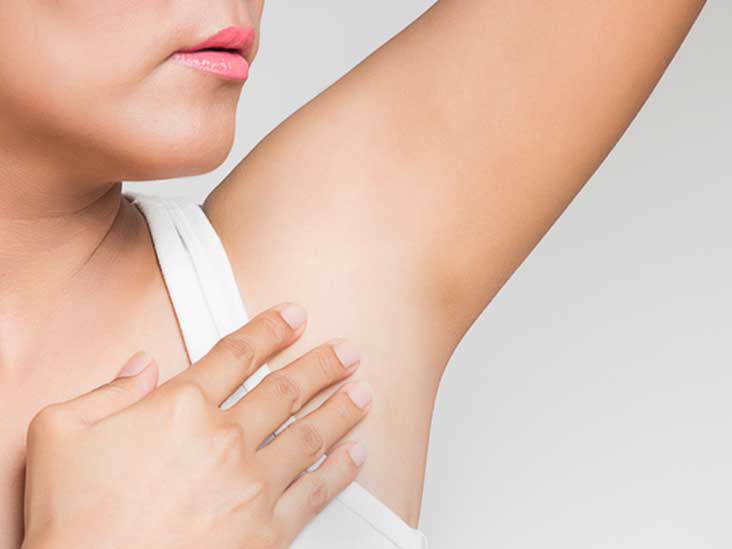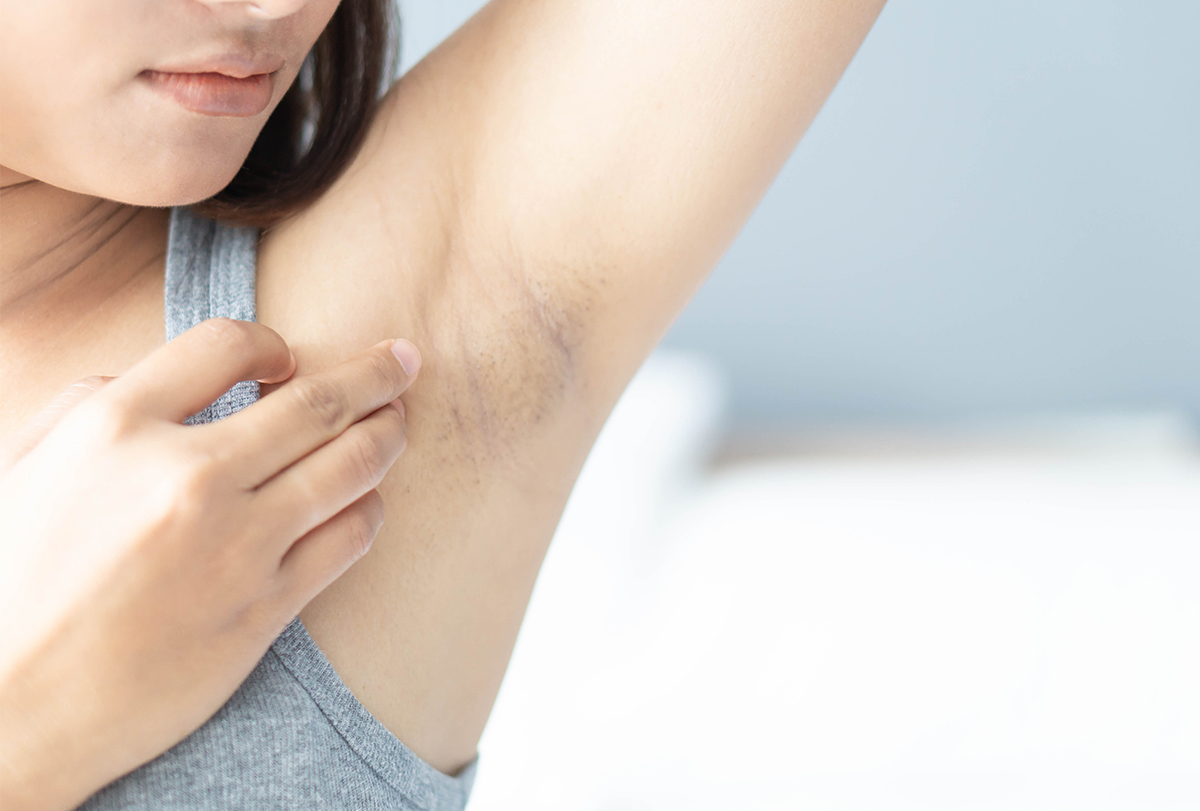
Home Remedies For Armpit Irritation
The armpit is a sensitive area, but why?
First, it is an area with a huge number of sebaceous glands and hair follicles, so there is a risk of easy inflammation, which can quickly become difficult to treat. Also, because the armpit is located on the body, it is an area that is constantly being rubbed. Finally, because of its specificity, the armpit has different PH and lipid levels than other areas of the body, so it is essential to care for it with products that are as specific and neutral as possible.
Because of these factors, the armpit is a site of constant irritation, and it is no coincidence that axillary sweat dermatitis is common. Dermatitis is an inflammatory disease that occurs primarily in joints (armpits, groin, arm and leg grooves, etc.) and in areas with large sweat glands (chest and back). It is characterized by excessive sweating. The sweat clogs the pores and before long cannot get out, causing skin irritation.
Axillary dermatitis has triggers and risk factors that increase the likelihood of developing the disease. Among them, we have
- Temperature changes: especially when there is excessive humidity.
- Excessive sweating: people who sweat a lot or exercise heavily are at risk of developing dermatitis, even temporarily.
- Atopy: People with allergies, allergic rhinitis, or asthma are at increased risk of developing dermatitis.
- Sensitive skin: Some skin types are more or less susceptible than others.
Natural and Non-natural Remedies to Solve the Problem of Underarm Inflammation
There are many remedies for this problem, but we urge you to also consider body hygiene products and choose the appropriate ones.
- Wash with lukewarm water and non-irritating soap.
- Use cold packs: wet towels and ice cubes in a bag. Apply something cold to the skin for at least 20 minutes (but be careful not to burn yourself with the cold).
- Lower the temperature: Heat and perspiration are the leading causes; try to lower the body temperature by moving to a cooler place. However, be careful not to change the temperature too rapidly.
- Hydration: Water, mineral salts, and vitamins are essential for hydration, especially in summer. Always keep skin moisturized and supple. Avoid coffee and other diuretic drinks.
- Apply anti-itch ointment: If itching is unbearable, topical ointment can be applied to the area for relief.
- Do not scratch or exercise: Do not engage in any activity that could aggravate the condition.
- Eggs, milk, soy, shellfish, dried fruits, wheat, and fish. If the rash appears after eating typical allergens, stop eating those foods. This is especially likely if the symptoms are consistent with an allergic reaction.
There are also natural remedies that can be taken to solve underarm inflammation. These work more slowly but have the advantage of being less harsh on the skin.
In this context, we point out the following:
- Use packs with natural ingredients such as chamomile and sage.
- Warm baths of potato starch or oatmeal. Rice starch soothes the skin and calms redness, while oatmeal is an anti-irritant softener.
- Dripping talcum powder on the armpits absorbs sweat and reduces skin friction.

However, after the problem is resolved, a little precaution is necessary to prevent the development of dermatitis. These may seem like trivial advice, but they are helpful for healthier and correct skin care.
First, dress correctly: try not to be too constricting or breathable. Also, the material is essential. Cotton and natural fibers allow the skin to breathe easily and are less prone to irritation. Such clothing also reduces friction.
Vitamin C: Make sure your diet is rich in vitamin C, which improves blood circulation and is responsible for skin regeneration. Consume more vegetables and fruits (especially citrus fruits).
Use the right products:
- Change your habits and use more organic and natural products.
- Avoid products high in petrolatum and parabens, which are harsh on the skin.
- Choose soaps for the body and clothing with soothing ingredients and a mild acidic PH that prevents the growth of bacteria.
- Use fabric softeners as little as possible.
